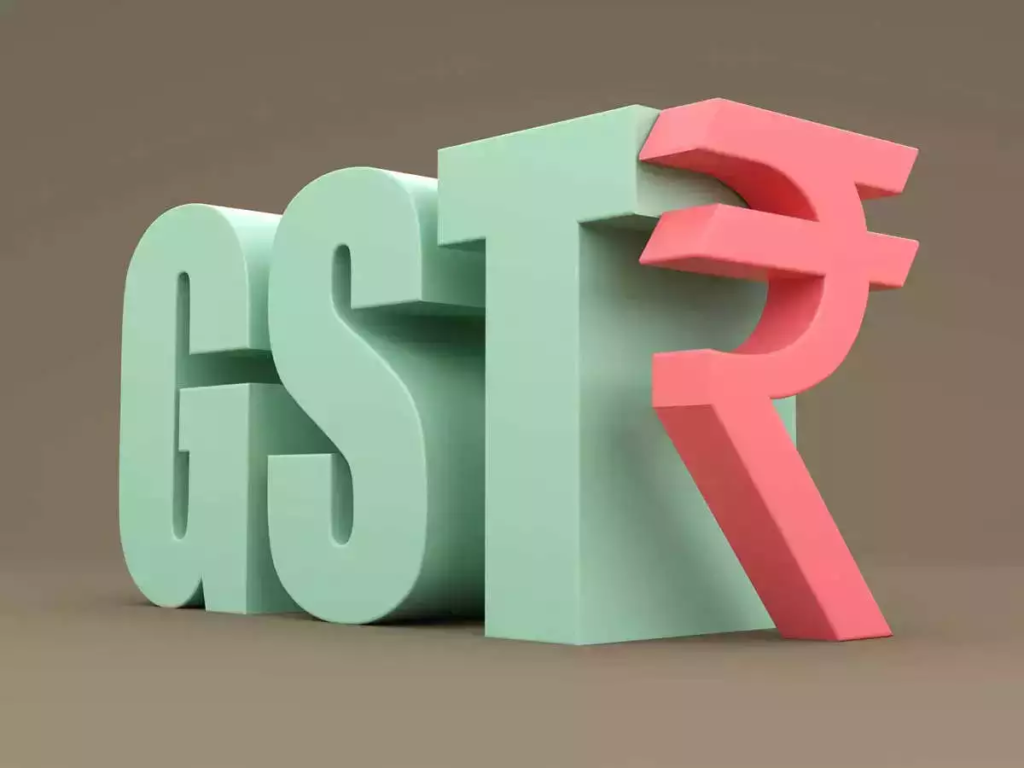Goods and Services Tax (GST) stands as a significant revolution in the field of indirect taxation globally, streamlining tax structures and enhancing compliance. It merges several older taxes into one, simplifying the taxation system and aiming to create a single national market. In this article, we’ll explore the nuances of GST, its implications, and its functioning in a comprehensive manner.

What is GST?
GST is a unified, destination-based indirect tax levied on the manufacture, sale, and consumption of goods and services at the national level. It replaces multiple tax layers and surcharges that previously existed, such as central excise duty, service tax, additional customs duty, surcharges, state-level value added tax (VAT), and Octroi among others. This amalgamation helps in avoiding the cascading effect of taxes (tax on tax) and paves the way for a common national market.
Types of GST
GST is categorized into three types:
- Central Goods and Services Tax (CGST): Levied by the central government on intra-state sales.
- State Goods and Services Tax (SGST): Levied by the state governments on intra-state sales.
- Integrated Goods and Services Tax (IGST): Levied by the central government on inter-state sales and imports.
The structure ensures that both the Central and State governments have their share of revenues under GST, adhering to the federal structure of the country.
Benefits of GST
The implementation of GST brings numerous advantages:
- Elimination of Multiple Taxes: It consolidates multiple indirect taxes, reducing the burden on businesses and consumers.
- Simplified Tax Structure: With clear provisions and centralized registration, compliance becomes easier for businesses.
- Boost to the Economy: By removing economic barriers between states, GST fosters a more conducive environment for investments and job creation.
- Increased Revenue Efficiency: GST widens the tax base and improves revenue collections due to its transparent and self-policing nature.
GST Rates
GST rates are decided by the GST Council, which comprises representatives from the central and all state governments. The rates are typically categorized into four slabs: 5%, 12%, 18%, and 28%, with essential items being taxed at lower rates and luxury goods at higher rates. Special rates or exemptions are also provided on necessary items like food grains, healthcare, and education to reduce the economic burden on the less privileged sections of the society.
Impact on Business and Economy
For businesses, GST has meant restructuring of operations:
- Ease of Starting Business: Simplified online procedures under GST have made starting businesses easier.
- Higher Compliance: With input tax credit mechanisms, businesses have incentives to keep transparent records.
- Technological Integration: The digitization of tax processes through the GST portal facilitates smoother transactions and better compliance.
Economically, GST has aimed to boost GDP growth by reducing tax evasion through its input credit system and improving the overall investment climate.
Challenges in Implementation
Despite its many benefits, GST also faces several challenges:
- Technological Hurdles: Smaller businesses often struggle with the technological demands of the GST system.
- Operational Difficulties: Transitioning to a new tax system has led to initial confusion and compliance difficulties among businesses.
- Rate Adjustments: Frequent changes in GST rates have sometimes disrupted business planning.
Conclusion
GST marks a watershed moment in the taxation landscape of many countries, fostering transparency and efficiency. While there are challenges in its implementation, the potential benefits of GST in terms of economic integration and reduced tax complexities are substantial. As businesses and consumers adapt to this new system, the smooth functioning of GST will be crucial in determining the economic trajectory of the country.
By embracing GST, the economy moves towards a more standardized, accountable, and transparent taxation framework, paving the way for an integrated and inclusive economic growth model.
















Hi, Neat post. There’s a problem with your web site in internet explorer, would test this… IE still is the market leader and a huge portion of people will miss your magnificent writing because of this problem.